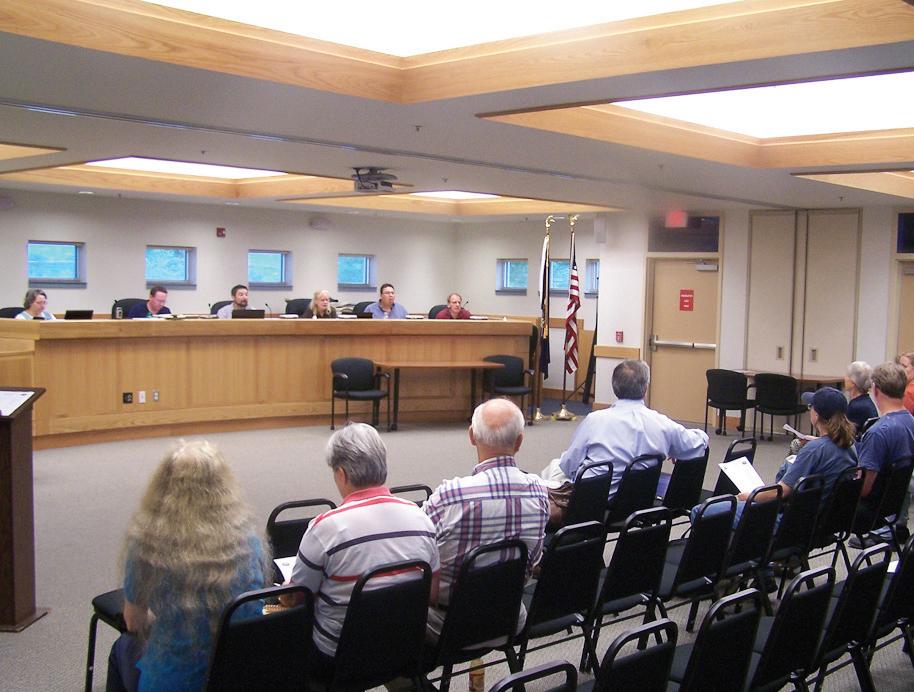
3 minute read
PROJECT SCOPE
There are few things as personal as sorting who can live where and what their housing choices might be. Whether you are an ardent property rights advocate or a strong civil rights supporter, zoning constraints have affected the ability to build housing and limit housing choice for many Michiganders.
A severe housing shortage has emerged. Due in part to zoning codes that prioritize detached single-family development over a variety of other housing types, there are not enough units to serve the broad range of household sizes and incomes needed now and in the future. Increasingly, community leaders are recognizing that not only do outdated land use regulations suppress housing supply and drive up housing costs, but they can also widen and perpetuate existing socio-economic disparities
Implementing zoning reforms to ease restrictions can play a significant role in increasing housing supply. These are local government issues, and there is much that municipalities and other local units can do to mitigate the dampening effect of zoning on homebuilding. By adjusting local zoning codes and other regulations, engaging and educating residents, and removing barriers to creating new housing units, local governments can take steps to address the housing shortage. The Michigan Association of Planning’s Zoning Reform Toolkit provides local regulatory remedies to increase housing supply and shares communications strategies to overcome resistance to new development. We present 15 tools to encourage the construction of a variety of housing types to meet changing demographic needs and streamline approval processes which, when effectuated on a state-wide scale in every community, will begin to move the needle towards solving this complex issue.
The objectives of the Toolkit aim to: • Equip municipal leaders with the tools they need to update and contemporize local zoning and development review regulations to develop more, and a broader range, of housing types; • Highlight successful case studies in Michigan and nationwide that demonstrate the application of recommended strategies to reduce or remove regulatory barriers;
• Share master plan language to support the implementation of each tool and demonstrate how to translate a vision into zoning policy; • Create messaging best practices to help everyone - elected leaders, municipal staff, residents, businesses, and other stakeholders - to broaden their understanding of housing needs and potential solutions within Michigan; and • Build the foundation for future work, focusing on housing strategies that can be championed by a broad coalition of stakeholders.
This Toolkit is designed to help municipal leaders implement zoning reform to expand housing choice and supply and, in the process, combat the affordability crisis. As a community manager, elected or appointed official, zoning administrator, planner, or other person involved in guiding community change, we hope this Toolkit will be useful to you as you have important (and likely difficult) conversations with your colleagues and constituents on this complex issue.
In the chapters that follow, we lay out the elements of the housing crisis and create a case for zoning reform as a necessary intervention. We focus on the context of the crisis from an economic and historical perspective and detail the changing policy and demographic contexts that inform the issue. We then move to communications strategies for discussing the housing shortage and the necessity of zoning reform to combat it. Next we detail the fifteen zoning tools to address housing supply, choice, and affordability. In the last chapter, we look toward the future, sharing tips on how to get started with zoning reform in your community and the next steps for addressing the housing shortage in Michigan at a statewide level.
This Toolkit suggests that those who manage the development process can rethink the purpose of zoning and cultivate a nimbler and more pragmatic approach. Through zoning reform, we can build places where all people can find a place to live. Let’s get started.




Google Streetview and Google Earth










